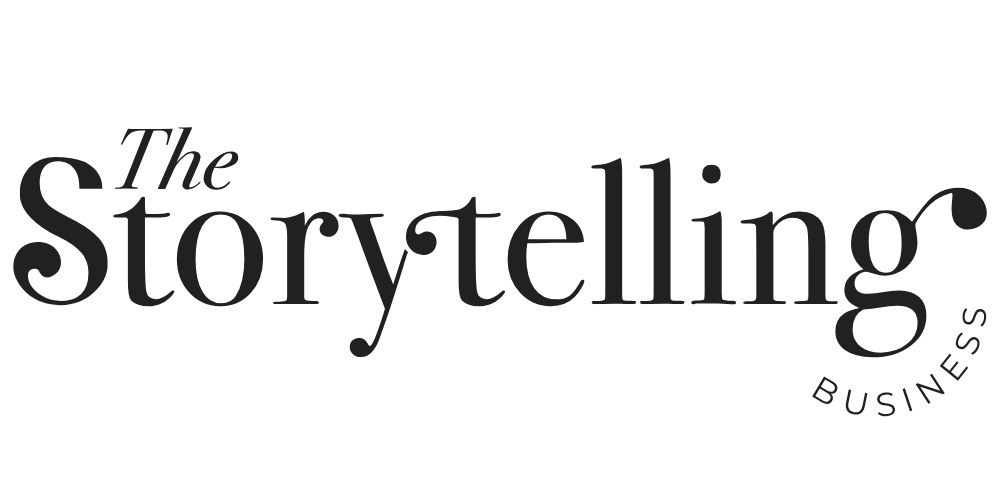Many female CEOs successfully lead high-profile organisations, yet too often, their leadership influence fades when their tenure ends. In my last article, I explored why this happens – how operating within the expected leadership mould can limit long-term impact and leave female CEOs as respected figureheads rather than true wayshapers.
So, how do you ensure your leadership identity outlasts your job title?
The most impactful CEOs – both male and female – challenge norms, drive industry shifts, and lead with conviction. To move from being a figurehead to a true wayshaper, you need to align your leadership stance, personal brand, and influence beyond the boardroom.
The Power of Personal Branding: Building a Dual Leadership Identity
When a female CEO refuses to ‘play the role’ cast for her by those who went before (often men) and instead builds a leadership practice that integrates both executive leadership and thought leadership, real shift happens – not just for her, but for all women in leadership.
A CEO who actively cultivates a dual identity – one part executive, one part thought leader – creates influence that extends far beyond her tenure. Instead of her impact being tied solely to a company or a job title, her ideas, values, and leadership philosophy continue shaping the business and industry long after she moves on.
A CEO who embraces this approach can do the following:
CEO thought leaders can shape the conversation
Instead of moulding herself to fit industry expectations, a thought leader CEO reshapes the conversation – setting the terms rather than following them. This means publicly standing behind bold ideas, calling out outdated systems, and leading with conviction, even when it challenges the status quo. She doesn’t just operate within the existing leadership framework; she expands it, ensuring that the definition of success includes perspectives that were previously ignored.
CEO Thought Leaders can Create industry momentum
Her impact doesn’t end when she steps down. A true wayshaper builds long-term momentum, influencing not just her company but entire industries. By embedding her leadership philosophy into corporate culture, policy discussions, and public discourse, she ensures her ideas outlast her tenure. She builds a leadership legacy that sparks change, paving the way for others to follow – not by replicating her path, but by empowering them to forge their own.
CEO Thought Leaders can build deeper trust
Investors and stakeholders don’t just see a CEO who delivers results; they see a leader who is taking people on a journey, rather than just working toward a destination. Journeys are boundless. They stretch beyond individual milestones and into infinite possibility, making them far more valuable than a single outcome. A CEO who embraces this perspective fosters deeper trust and long-term engagement, inspiring loyalty from teams, partners, and the wider business ecosystem.
Why personal branding with thought leadership matters
Leadership that only exists within the boardroom ends when the job does. But when a CEO builds a parallel thought leadership practice that complements her executive role, she ensures that her voice, ideas, and influence live on – shaping industries, mentoring future leaders, and driving long-term change.
From Figurehead to Wayshaper: Three Strategies for Establishing a Dual Leadership Identity in Personal Branding
1. Define Your Signature Leadership Stance using Personal Branding
Strategy: Activate your dual leadership identity with a thoughtful personal brand
Your executive leadership is about decision-making, business strategy, and operational impact. Your thought leadership amplifies this by shaping conversations, influencing industry trends, and driving systemic change.
Ask yourself:
- What is the one big idea that defines how you lead? (e.g., financial inclusion, ethical AI, sustainable investment)
- What convictions or principles guide your decisions, especially in high-stakes moments?
- Where are you willing to take a stand, even if it means facing resistance?
- How do you actively demonstrate this stance both in the boardroom and in public forums (e.g., decisions, policies, media, advocacy)?
Personal Branding in Action: CEO+Thought Leadership:
- 📌 Christina Hobbs (CEO, Verve Super, Australia) – Hobbs doesn’t just lead a financial company; she activates her leadership stance publicly. She challenges gender bias in finance through both executive action (business strategy) and thought leadership (advocacy campaigns), such as hiring billboard trucks to push for women’s economic empowerment.
- 📌 Shemara Wikramanayake (CEO, Macquarie Group, Australia) – Wikramanayake ensures Macquarie’s investment strategy prioritises sustainable finance, embedding climate solutions into business decisions. But she doesn’t stop there. Her public influence extends to industry policy and climate-focused investment strategies, making her a key driver of systemic change.
2. Integrate Personal Branding with Business Strategy
Strategy: Align your leadership influence with business impact
Your thought leadership shouldn’t exist separately from your executive role. Iit should be an extension of it, reinforcing both your company’s success and your own long-term influence.
Ask yourself:
- How does your leadership philosophy directly contribute to your company’s long-term vision and strategic priorities?
- Where can your personal visibility strengthen investor confidence, build client trust, and align key stakeholders?
- How does your leadership platform extend beyond company messaging to shape industry conversations and policy influence?
Personal Branding in Action: CEO+Thought Leadership:
- 📌 Whitney Wolfe Herd (USA, Bumble) – Wolfe Herd became a champion for women in tech when she co-founded the smashingly successful dating app, Tinder. Her credibility only increased when she left after suing for sexual harrassment and built a rival app, Bumble, built on ethical online dating and female empowerment (women made the first move). But she didn’t limit her influence to corporate messaging. Her public presence as a thought leader has extended to industry-wide conversations about gender dynamics and digital safety.
- 📌 Ann Cairns (UK, Mastercard) – Cairns wove her personal mission for female advancement into Mastercard’s financial inclusion initiatives. By combining executive action (company initiatives) with thought leadership (policy advocacy), she pledged to integrate 500 million excluded individuals into the financial system. Ann continued her advocacy for women as Global Chair of the 30% Club until 2023, which aims to secure 30% female representation on FTSE company boards.
3. Use Personal Branding to Expand Your Thought Leadership Beyond the CEO Title
Strategy: Build influence that outlives your tenure
Your executive role is temporary, but your thought leadership has no expiration date. By building a parallel leadership practice, you ensure that your impact extends beyond your company and continues shaping the industry long after you’ve moved on.
Ask yourself:
- Which two primary platforms (LinkedIn, keynote speaking, media, podcasting, policy influence) best amplify your leadership?
- What industry shifts do you want to lead or accelerate – both within your company and at a broader level?
- How can you position yourself as an industry architect, influencing market trends, policies, or societal progress?
Personal Branding in Action: CEO+Thought Leadership:
- 📌 Sara Blakely (Founder, Spanx, USA) – Blakely built her leadership presence beyond business growth by becoming a leading voice on entrepreneurial resilience (she started out selling fax machines door-to-door!) and creativity. Even after selling a majority stake in Spanx in 2021, her thought leadership in business remains a guiding force and she has now captured her wisdom for a course on ‘self-made entrepreneurship’ on Masterclass.
- 📌 Kate Morris (Founder, Adore Beauty, Australia) – Morris has built more than a beauty e-commerce empire with Adore Beauty – the largest ever Australian IPO with female founder and CEO to date. She used her platform to challenge outdated beauty standards and advocate for inclusivity and is now on a quest to empower women in business. In 2018 she introduced the Adore Beauty Women in Tech scholarship and is now on a quest to create more female millionaires in Australia through venture capital funding.
The Personal Branding Effect: The Future Belongs to Leaders Who Build Dual Identities
I have immense admiration for women in CEO roles. The job is already demanding: strategic decisions, board expectations, and relentless performance pressures don’t leave much room for anything else.
And yet, for those who want their influence to last beyond their tenure, there’s another layer of leadership that can be considered: the leadership that lives on.
Building a parallel thought leadership practice isn’t about adding more to an already impossible workload. It’s about making sure the hard-earned insights, the shifts you drive, and the change you lead don’t disappear when the title does.
Many CEOs don’t think about this until they step down, and by then it’s harder to build from scratch. The ones who do it well don’t just lead their company; they leave a mark on their industry, on business and on women everywhere.
Will you be one of them?
Let’s craft your bold, industry-defining leadership brand. Book a CEO Brand Strategy Call today.
Authorship: This post was co-written by me (Michelle) and ChatGPT. I openly declare our partnership to encourage you to invest in training and prompting your own GPT. We are time-poor and idea-rich; so leveraging AI is a brilliant way to consistently create high-quality content.




